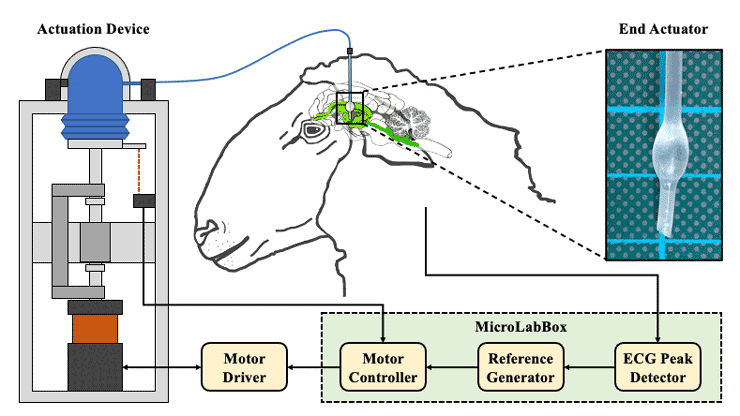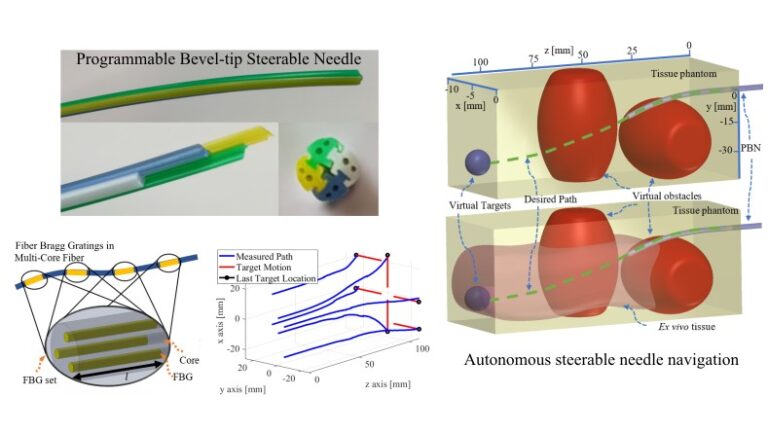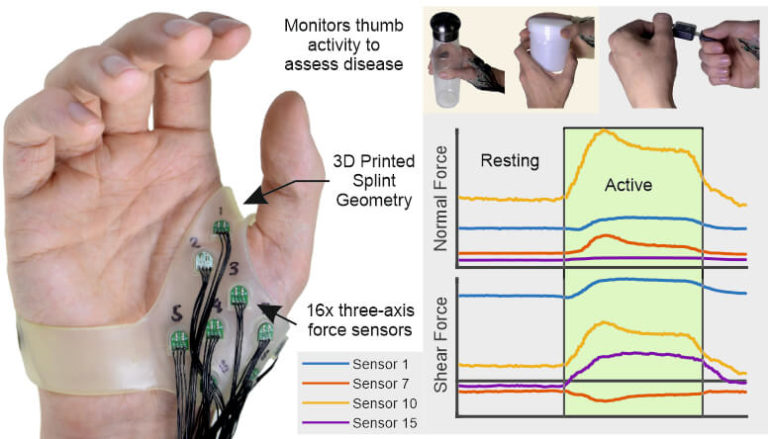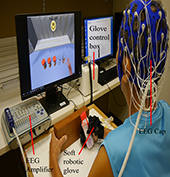A Soft Robotic Actuator System for in vivo Modeling of Normal Pressure Hydrocephalus
https://www.embs.org/tbme/wp-content/uploads/sites/19/2024/02/TBME-01853-2023-Website-Image-R1.gif
740
416
IEEE Transactions on Biomedical Engineering (TBME)
//www.embs.org/tbme/wp-content/uploads/sites/19/2022/06/ieee-tbme-logo2x.png
This article demonstrates how soft robotic systems can be used to manipulate intracranial pressure and recapitulate pathological dynamics of cerebrospinal fluid to research brain disease such as hydrocephalus.
read more




